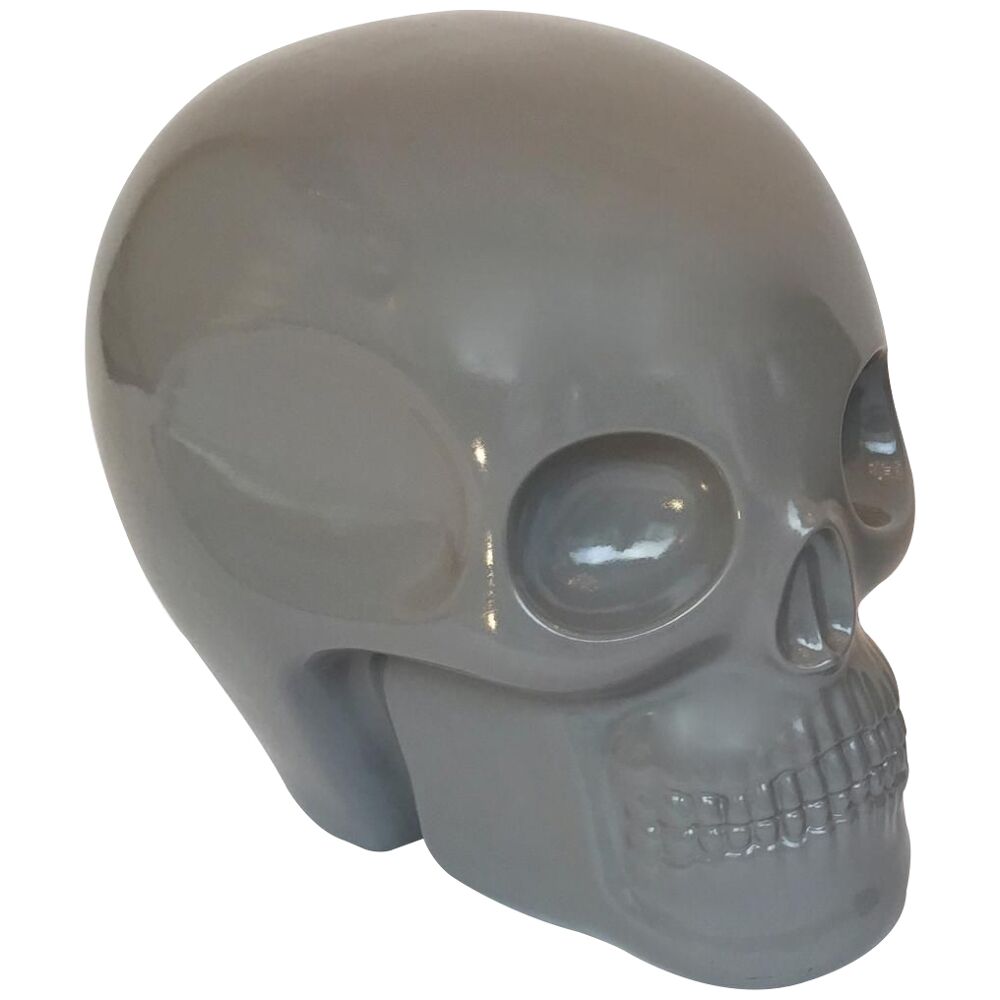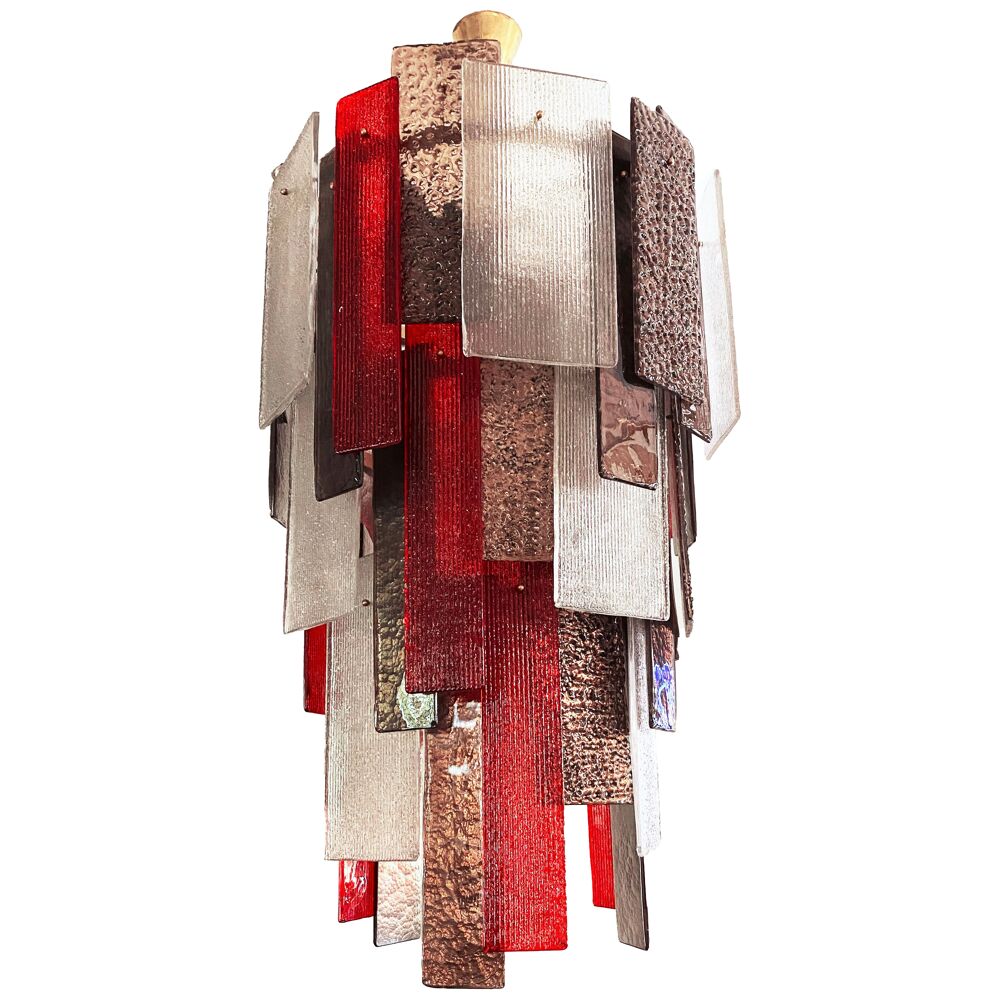Why accent walls are out – and other living-room trends and lessons from global interior designers Alisa Bloom, Shona McElroy, Siri Schumann, Maybe Corpaci and Nina Edwards Anker.
In a well-conceived scheme, living rooms can capture the character and narratives of the people that live there – and the showstoppers can act as lessons in how combine aesthetics, tactility, lighting, historical narrative and the power of art to masterful effect.
We spoke to five global interior designers to gauge their design ethos, their non-negotiables and their go-to techniques – and to see some of their vintage, contemporary and antique choices for their ideal living rooms.
Alisa Bloom

We discovered Alisa Bloom when her own home was featured in the press, and it was abundantly clear that this Chicago-based designer (whose Gold Coast Penthouse project is pictured at the top) has a great eye and supreme talent in pairing textiles and furnishings sourced from her travels across the globe. Here’s what Bloom has to say about living room design:
How do you start your design process?
I always start my process by pulling hundreds of fabrics and creating a colour story first. That’s what inspires me and sets the tone of the project – then comes the furniture. I start by searching for all vintage items first – at flea markets, and through my vendors that are collectors all over the world. Then I fill in with modern pieces. I usually custom-design my sofas because I want to make sure the size is exact, and I do sit tests at every step.
Do you have a preferred layout plan for the living room?
My goal for furniture layouts is to always think outside the box and think how to utilise the entire room. I don’t like traditional layouts. I like for there to be small vignettes but also for the whole room to be able to hang out together.
What elements make the room unique?
Collect objects that look like the family has passed them down for generations – not looking like you went to a store and bought them. I try to make every project different and not repeat pieces.
Collect objects that look like the family has passed them down for generations – not looking like you went to a store and bought them.
Alisa Bloom
Accent walls or immersive wall treatment?
Window and wall treatments completely make my rooms – never an accent wall. I like to wrap the entire room and even ceilings in the same treatment, wallpaper or fabric.
2 vintage finds by Alisa Bloom:
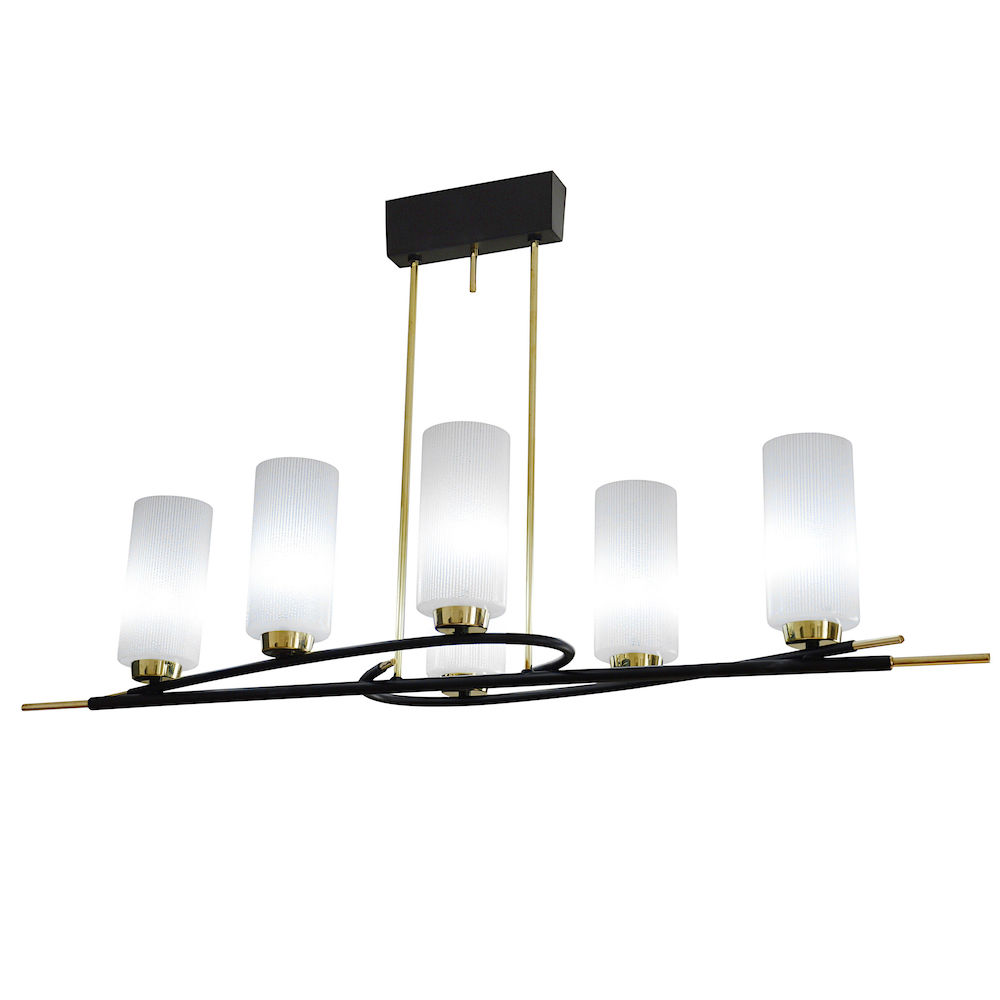
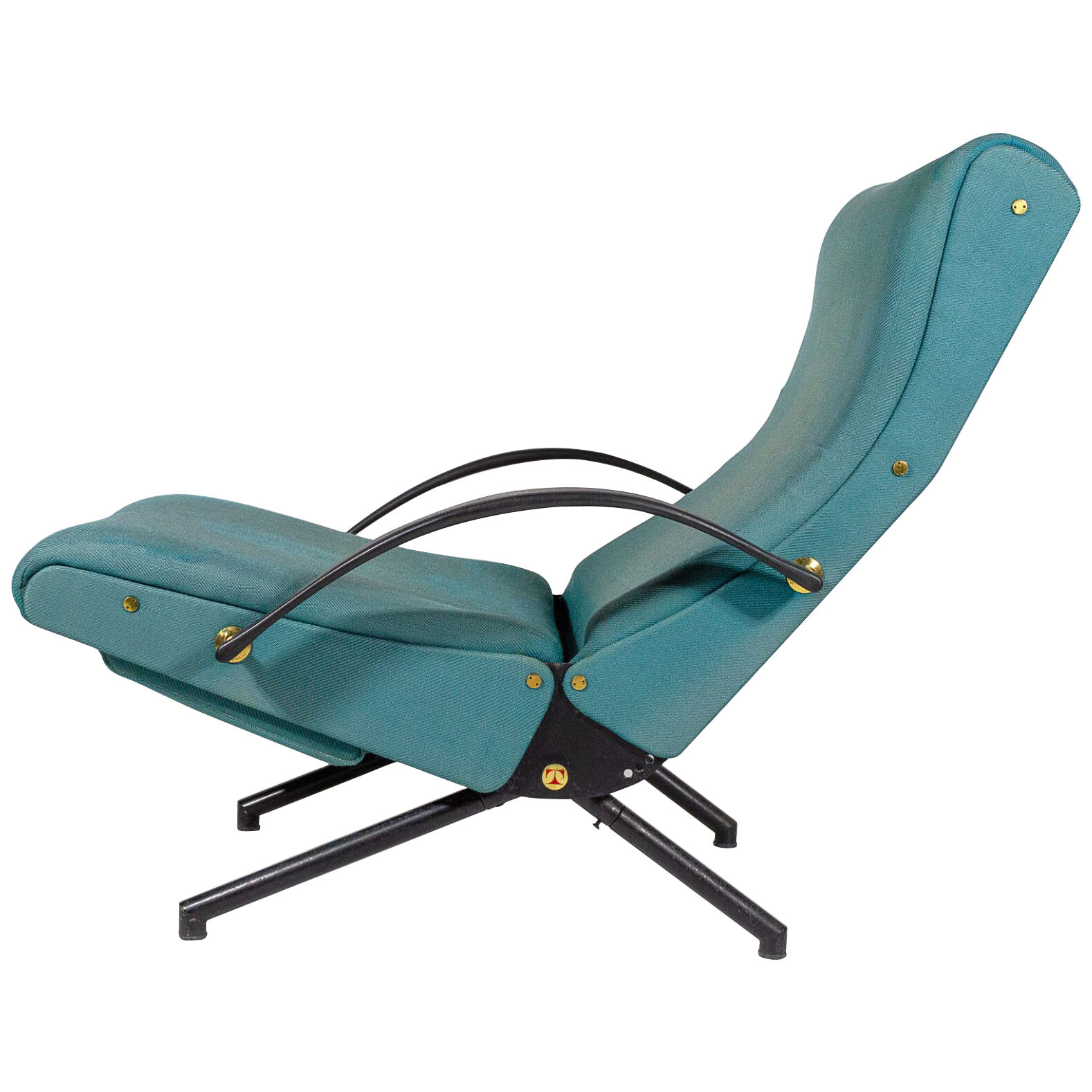
Shona McElroy (SMAC)
Sydney designer Shona McElroy is a rising star with some exceptional residential projects already under her belt. Her use of colour and natural stone – particularly marble – has entranced her followers and clients, as has her knack for combining modern and vintage elements. Here are McElroy’s living room essentials:
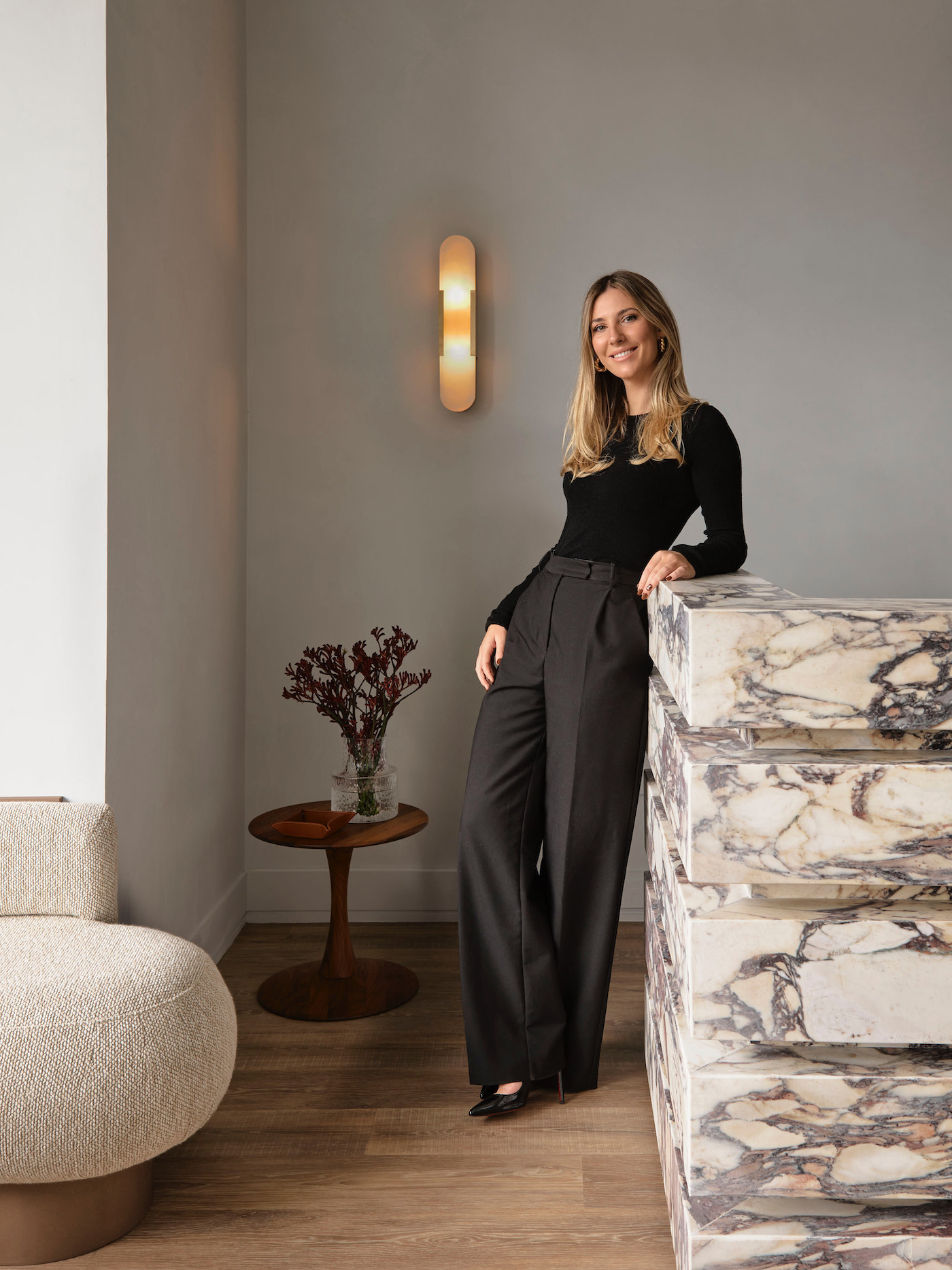
What are the must-have design elements in any living room?
A rug that fills the space. I try to have all the furniture sitting on the rug. I also love a large low coffee table and some interesting chairs or ottomans. And lamps! Lamps or wall lights are a must for the vibe.
How do you create a sense of both gathering and intimacy in a living room?
It’s so important to have spaces that encourage conversation through layout, lighting, comfort and talking pieces. I love a sofa – modular or single – with facing chairs and some ottomans dotted around. I’ll often try to utilise space near the TV unit to have extra seating if needed.
What’s your technique for blending vintage and contemporary pieces?
It’s about balance. It’s great if the vintage piece has a bit of a story and personality, and then layering around it. I love playing with scale, texture and shapes – for example, a vintage wooden console with a large brass lamp and a Fluor piece of art.
How do you incorporate technology without it becoming the focal point?
We love designing some high shelves with power points for a discreet Sonos speaker (I generally encourage people not to go with built-in so as that time changes, they can update). Televisions are difficult – if we can, we try and have a piece of joinery that can slide in front of the TV but this requires a lot of space, so we typically encourage clients to go for the Samsung frame that you can turn off and it looks like an artwork.
READ: 20 incredible living rooms by top interior designers
What is the key to creating a space that is both welcoming and elevated?
Comfort is most important. People should be able to see themselves settling in there. Also, practical styling of items like side tables, books, candles, vases makes it welcoming and functional. It’s elevated in the styling and the tones – playing with height and scale gives drama and interest to a space, and having an interesting piece in say a different texture, colour or shape creates a focal point.
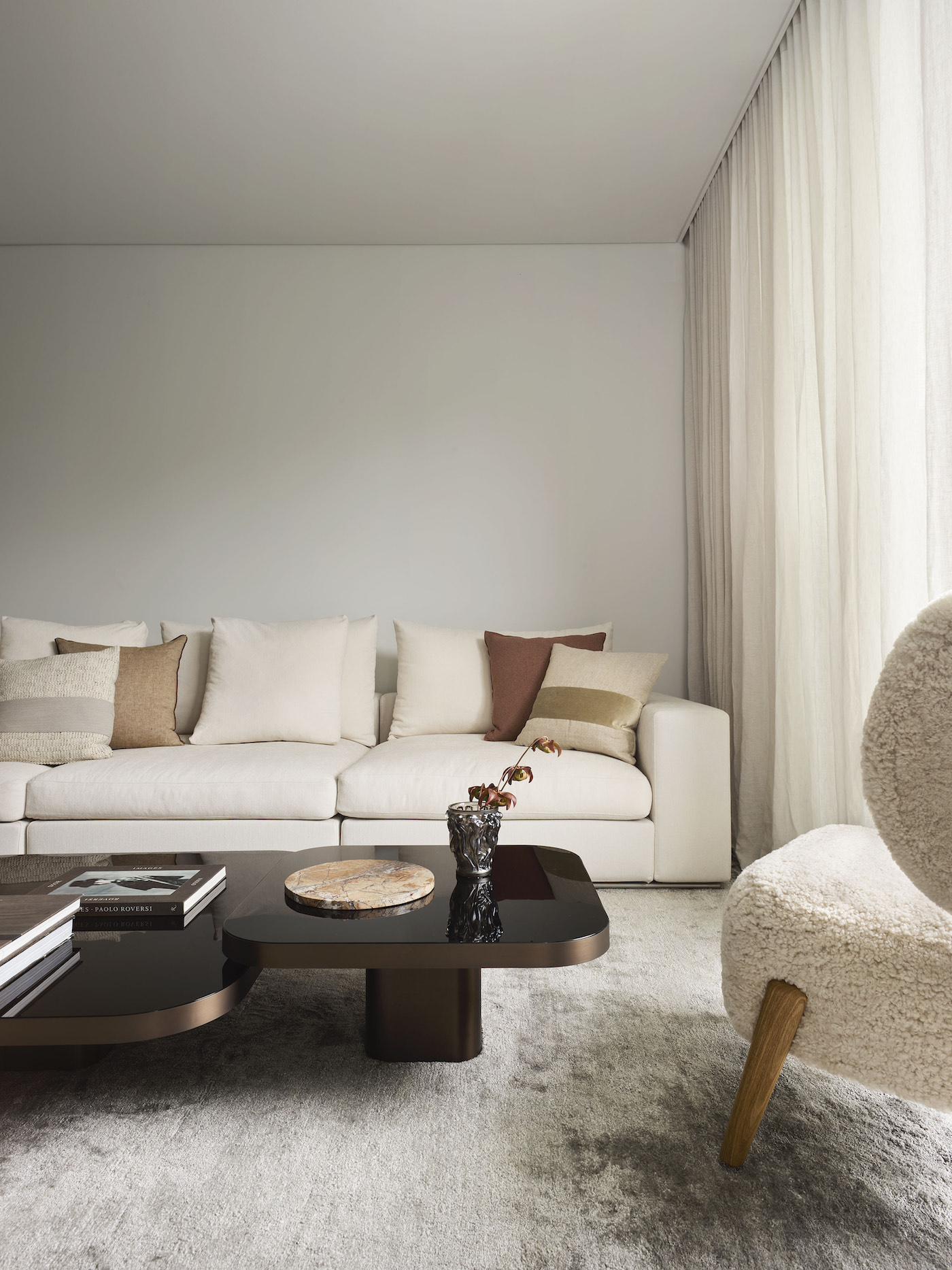
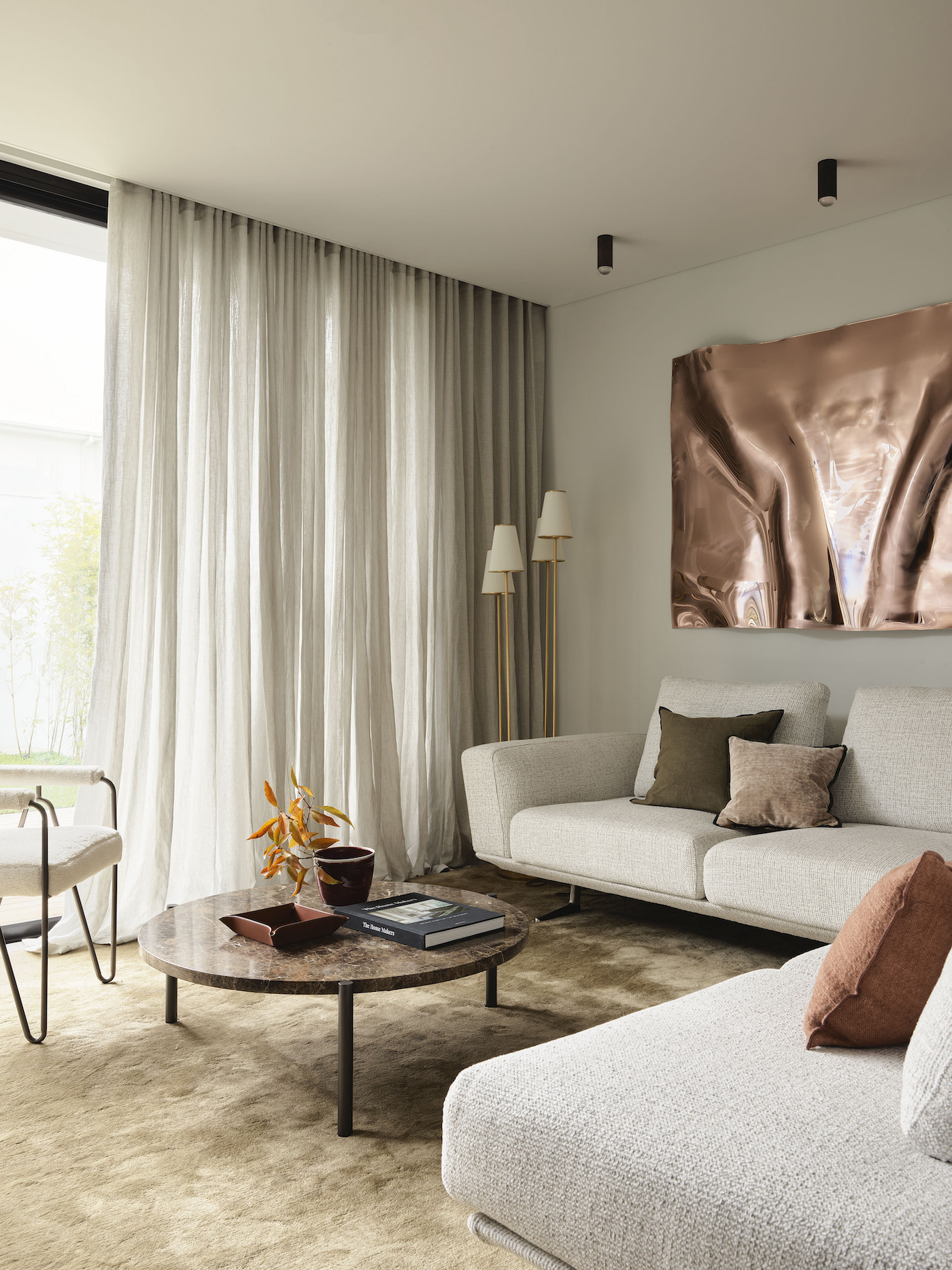
Do you have a go-to palette?
Not particularly. I tend to lean toward a neutral sofa with a bold-colour rug. I like to bring in brass or bronze accents and marble in a side or coffee table. I think timber alongside means you’re getting a lovely complex palette.
2 vintage and contemporary finds by Shona McElroy:

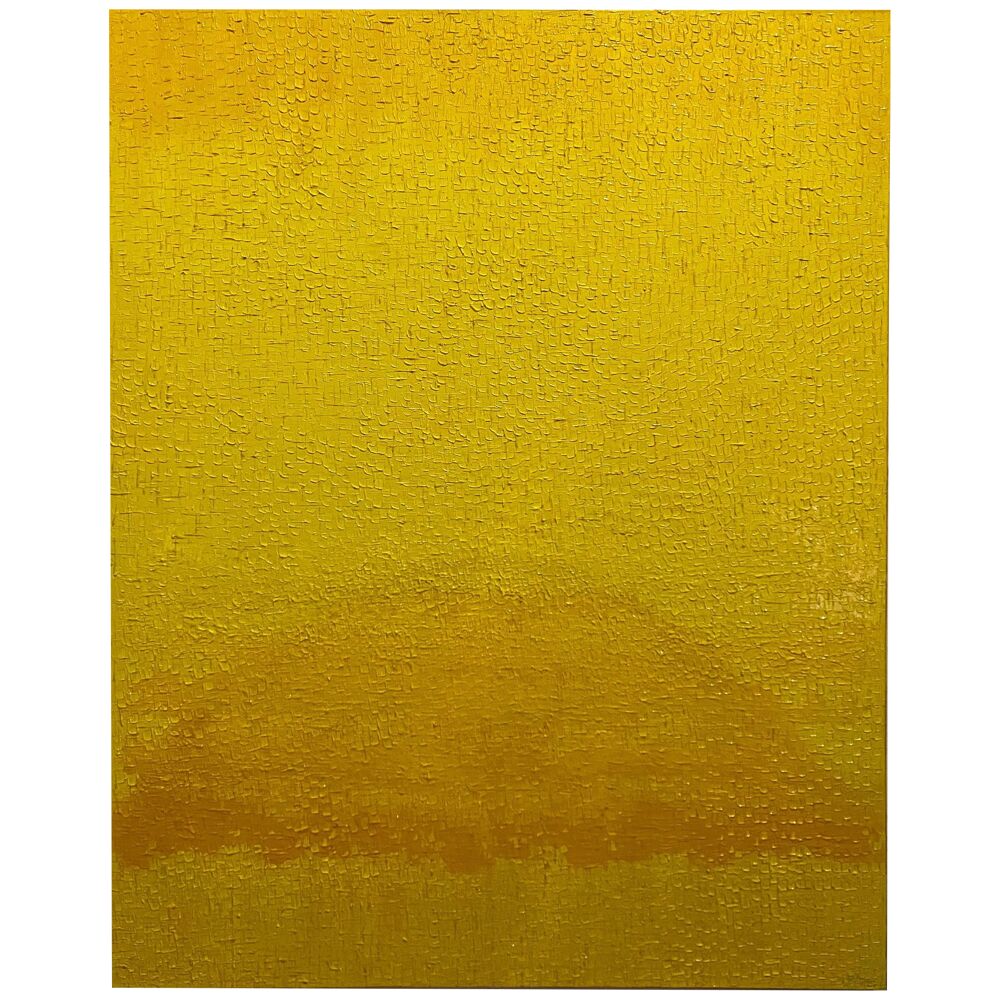
Siri Schumann (Two:D)
With years of experience at creating high-end residential interiors, Siri Schumann is responsible for some of the most sophisticated spaces in London. Her discerning approach to all aspects of designs result in highly refined homes for her clients.
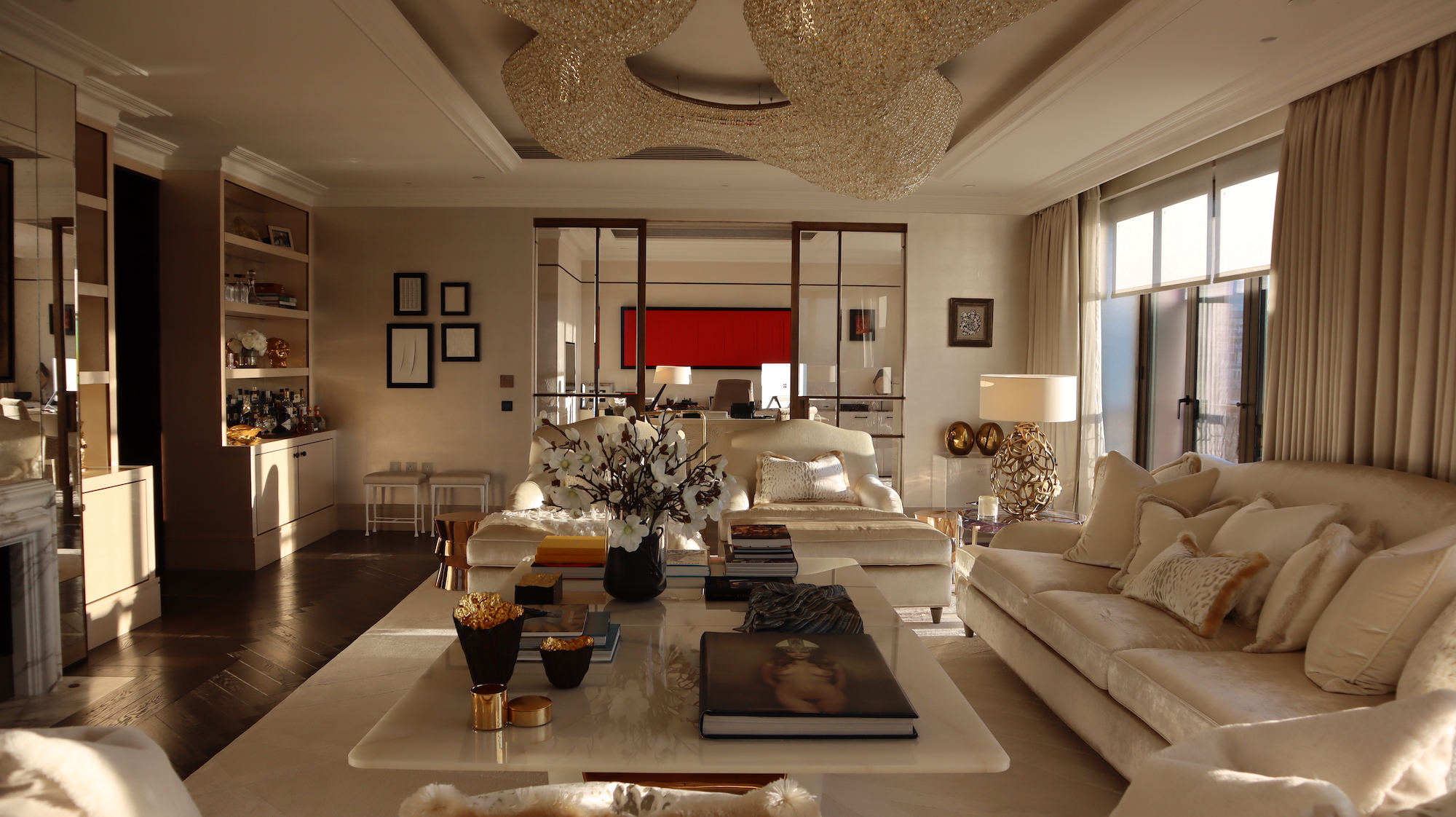
How do you start your design process?
I like to spend a bit of time at the property to assess space, proportions and light, and to get a feeling about what it should become. I also like to spend a bit of time with our client, talking through their ideas and feelings, and also to observe them. I try to assess their needs and the things they like or dislike. A lot of thinking initially: looking through books and magazines for inspiration, sometimes at art galleries or even hotels, shops and restaurants. Instagram has become a good source of inspiration as well. And then suddenly, I just start! Sketching at first, rough layouts and sometimes elevations… and then the process has begun.
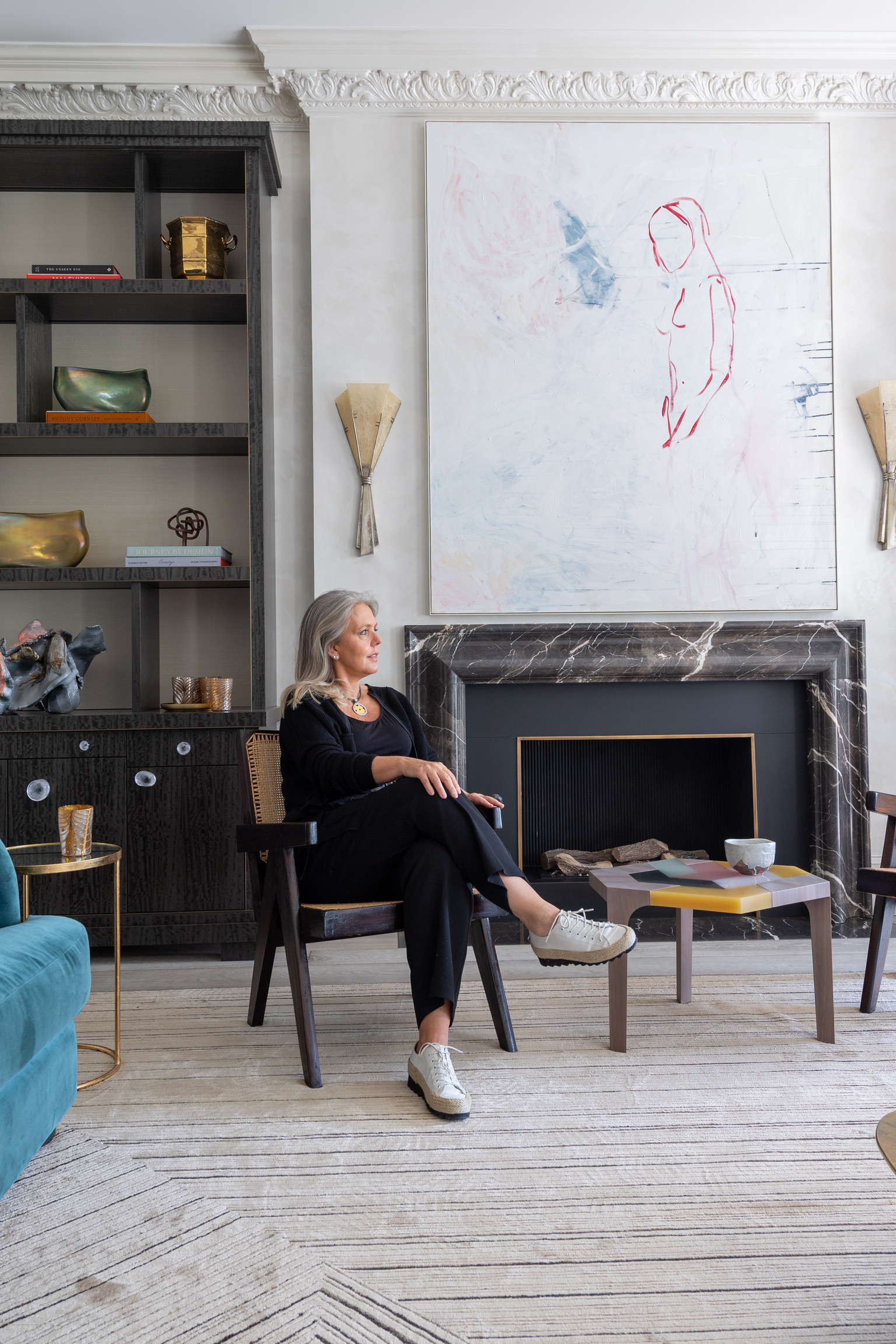
How do approach the layout to ensure a variety of spaces within a living room?
I try to see layouts in terms of conversation – furniture pieces talking to each other (before the humans invade the space). It’s always important to create quiet zones – spaces where you could feel comfortable on your own, and then entertaining zones.
What are the must-have design elements in any living room?
Living rooms must be rooms you want to live in. It sounds very obvious but this is the most essential point when it comes to designing them. They are the space we spend the most waking time in without a specific purpose. They therefore need to be spaces we want to be in that can simultaneously inspire, relax, calm and excite us. We tend to need flexibility and comfort in a living room – a sofa deep and squashy enough to lie down on while you drift off to a film but that can also be dressed with cushions and used to gather in a group on. We often arrange seating for conversation so that we pre-empt how you might want to use a space in a group versus if you are alone.
Storage is another key tenant of living room design. Living tends to come with lots of by-product – the books you read, games you want to play but haven’t had time to, or the dreaded stash of paperwork and general detritus that you hide in a hurry when someone comes around and then pretend never existed. We use our fitted joinery as a way of managing this for our clients and of demarcating clear spaces for display and for hiding away. Open shelving is a wonderful opportunity to curate meaningful objects and make a space feel personal – it is surprisingly evocative being surrounded by pieces you love and the memories they conjure up.
How do you keep rooms for gathering in both welcoming and elevated?
Choice of furniture, furniture shapes and the connecting pieces such as small side tables, lamps, accessories. Choice of fabrics – we often use finer fabrics, lush velvets and silk cushions. Table lamps and lighting always helps to make a room cosier. Accessories, flowers to fill tables and keeps the gaze occupied and creates a fullness and cosiness, interest.
Living rooms must be rooms you want to live in. It sounds very obvious but this is the most essential point when it comes to designing them.
Siri Schumann, founder of Two:D
What elements make the room distinct? Do you leverage signature pieces that you use time and again?
Every room is unique – the architecture, natural light, and brief are never exactly the same. This is part of the pleasure of this job as every project offers a new puzzle to solve. That said, we do have ‘hero’ pieces or details that we call on time and time again. These are our ‘wardrobe essentials’ and like a great pair of well-fitting jeans these can come in different shapes and be reimagined in new spaces but are ultimately something everyone should have. The McCollin Bryan Lens table is just this to us – it is an incredibly versatile piece offered in an array of chameleon-like colours. The larger size is perfect for placing to the side of a living room sofa.
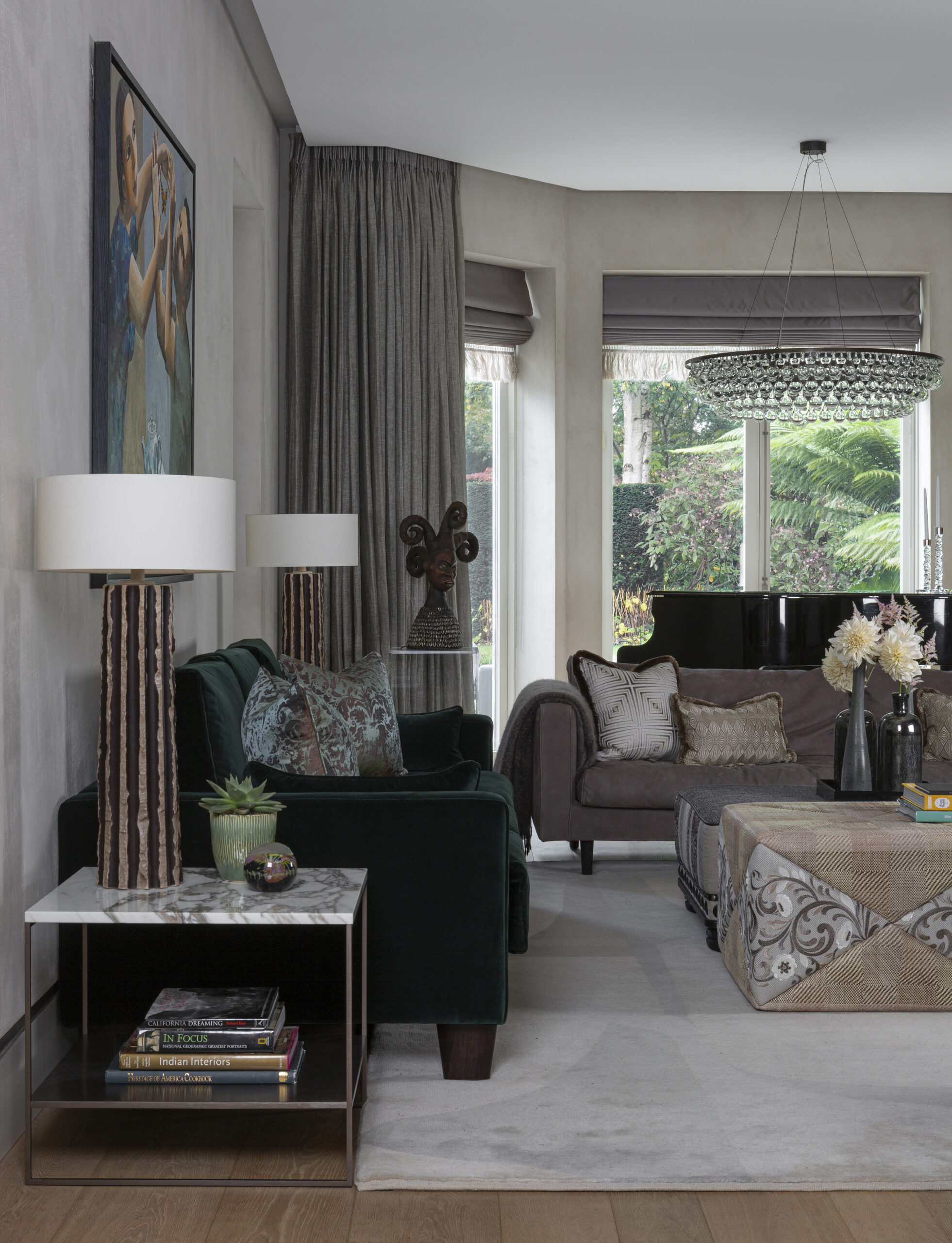
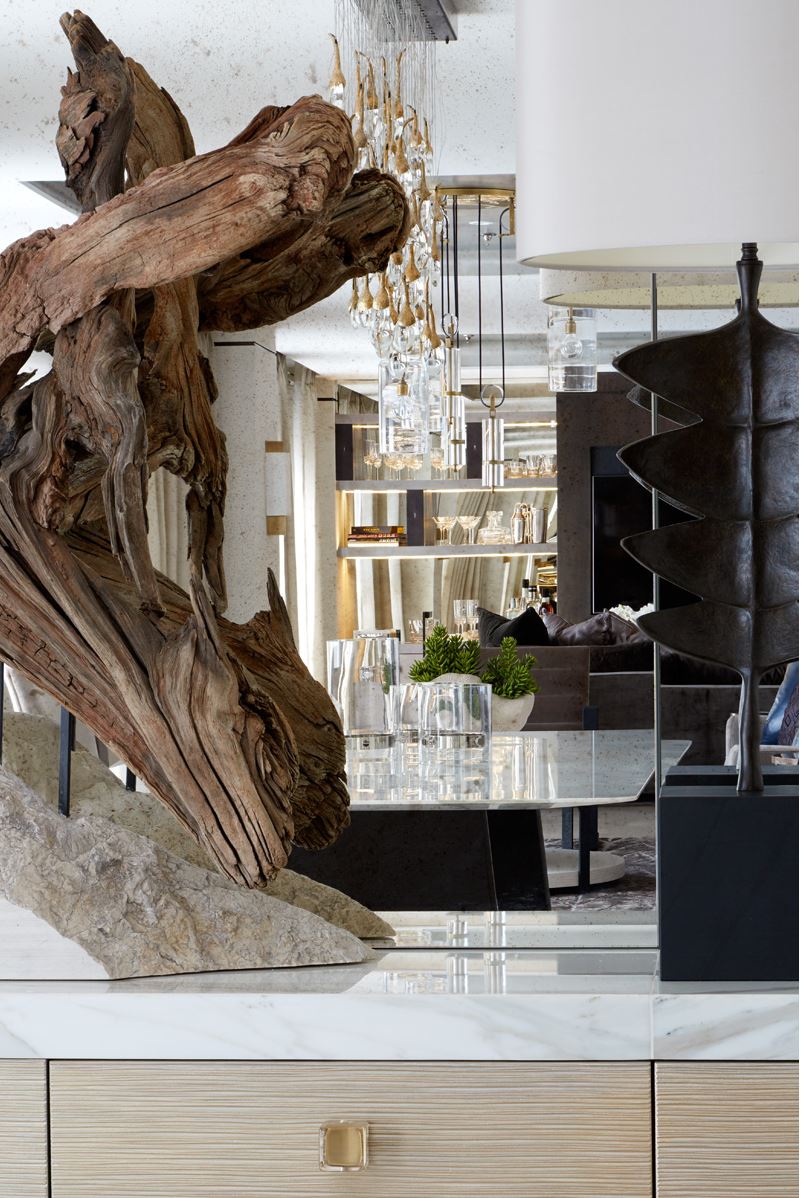
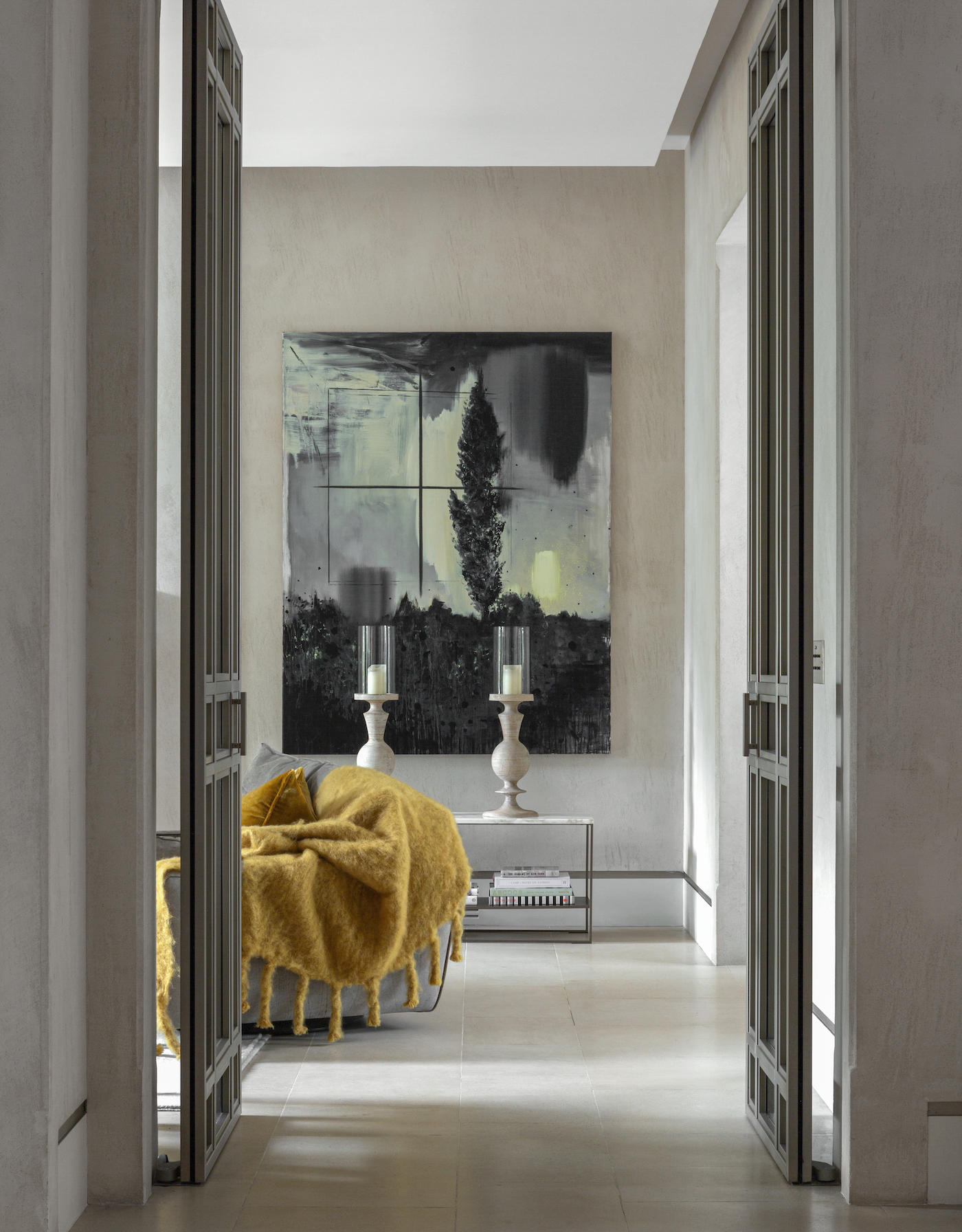
How do you approach wall and window treatment?
Essential! It can completely transform a space. We often use our window treatments to maximise the window, playing with how we set the curtains, pelmets etc. to trick the eye into believing that the window is larger than the architecture allows. This can really help where window openings are low and look a little squat before they are dressed. Window treatments also add so much warmth to a space, and help with acoustics as well. We gravitate towards specialist wall finishes which range from plaster to paint and can be really tailored to suit the space, the type of light it gets and the brief we set out to achieve. They can also be spot fixed if needed – just in case a piece of art is hung up and then needs to be moved again. We also love wallpaper – a room is so tailored when wallpaper is installed.
3 vintage and contemporary finds by Siri Schumann:
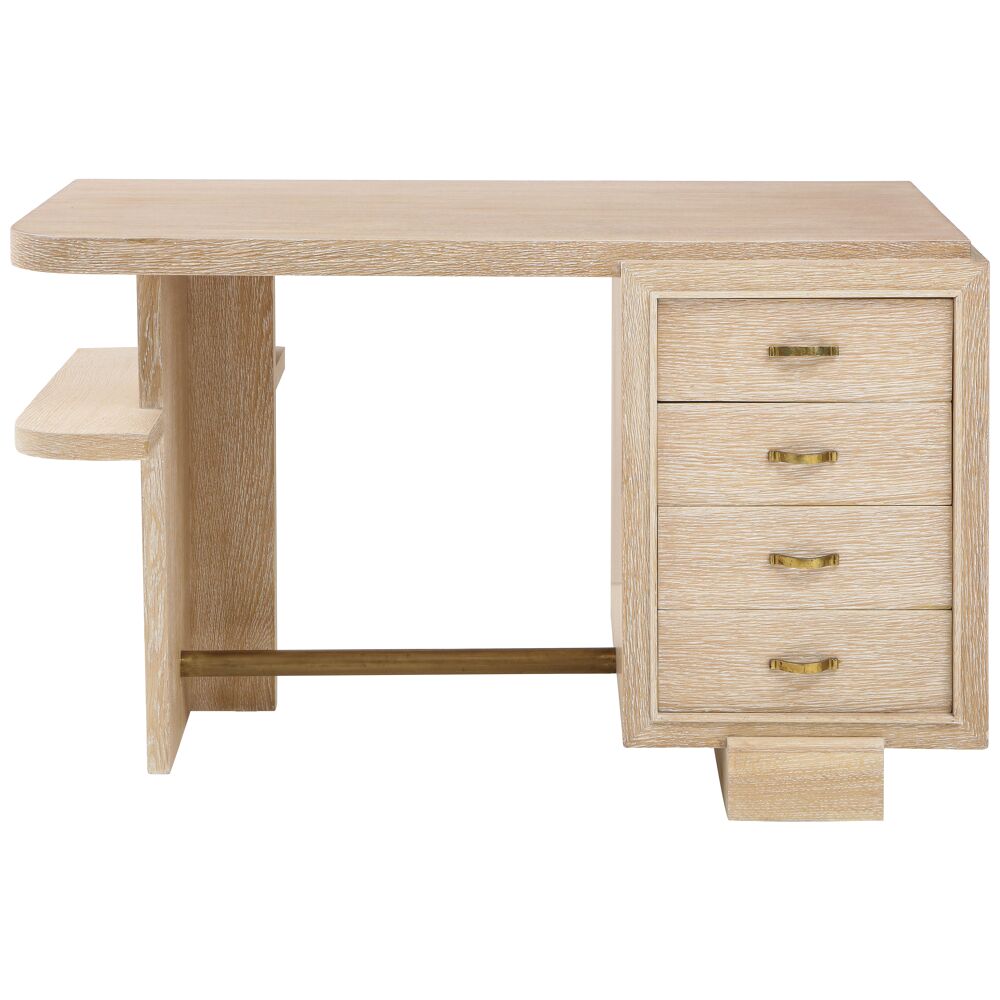

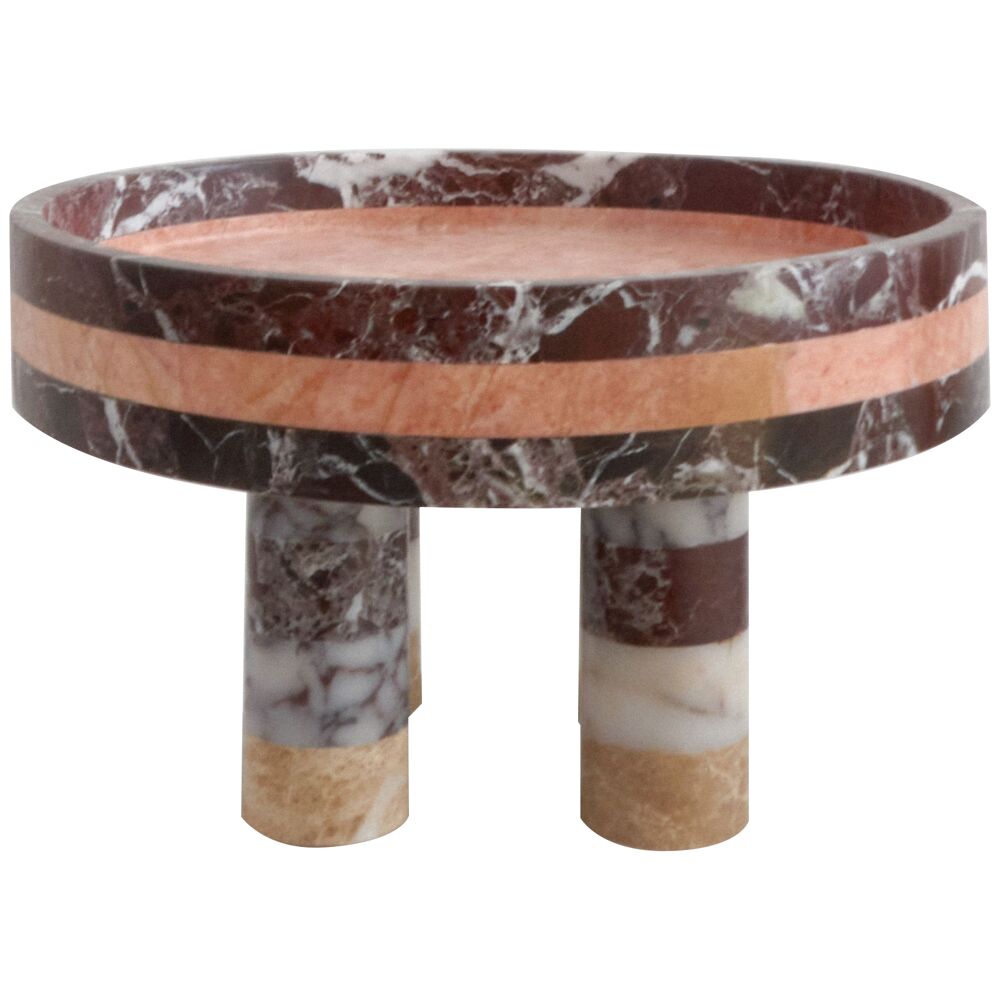
Maybe Corpaci
Maybe Corpaci is something of an enigma. A self-described interior curator, Corpaci’s skillset crosses numerous creative boundaries including art curation and interior design. The Fourth, her art gallery in Cape Town, is a treasure trove of some of South Africa’s emerging talents as well as recognisable pieces from across the globe. It was no surprise that her own home (with her partner, the sculpture Rodan Kane Hart) would be equally impressive – not only for its eclectic collection of vintage furniture, but also its non-apologetic approach to colour. Here’s Corpaci’s living room advice:
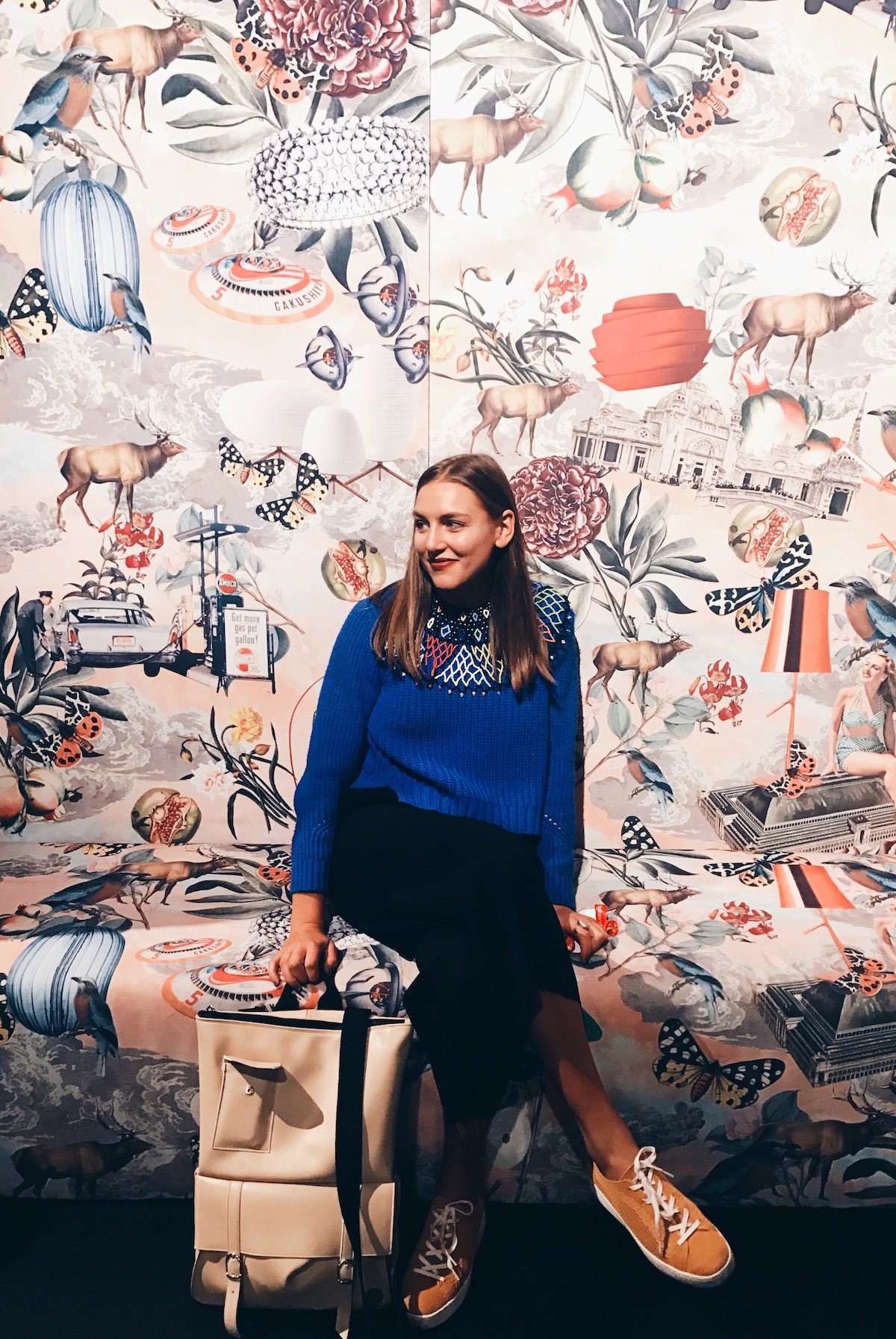
How do you start your design process?
I tend to base a room around an object or furniture piece, and build around that. It can even be an accessory or artwork.
How do approach space planning and furniture layout in a living room?
It depends on various factors: how spacious the room is, the client’s ideal utilisation of the space, positions of doorways and windows; but from an aesthetic point of view, I like to generally have a couch facing two occasional chairs and multiple side tables and coffee tables to aid the functionality of the space. I prefer occasional dimmable lighting, which allows multiple atmospheres depending on the occasion.
How do you incorporate technology without it becoming the focal point?
Although I am not a fan of a TV in a living room, I just love how seamlessly the Samsung Frame Art TV blends in among other artworks – perfect for a living room. For sound systems, I would always opt for a Sonos or linkable JBLs, as they accommodate the homeowner’s needs. Depending on the client, a record player can be an original addition.
What’s your technique for blending vintage and contemporary pieces?
There is no real formula, but I would normally enhance one style and have accents of the opposite style. I think that colour plays a big role – the palette choice and complementary tones is essential when mixing styles.
What are the must-have design elements in any living room?
Occasional chairs, couch or settee, coffee table, side tables, a beautiful carpet, occasional floor and table lamps, art and accessories.
How do you keep gathering rooms like these both welcoming and elevated?
By balancing comfort and elegance, playfulness and seriousness. Texture also plays a big role in making people feel welcome.
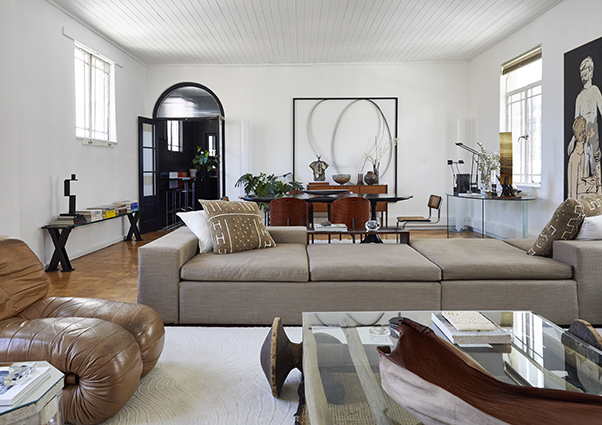
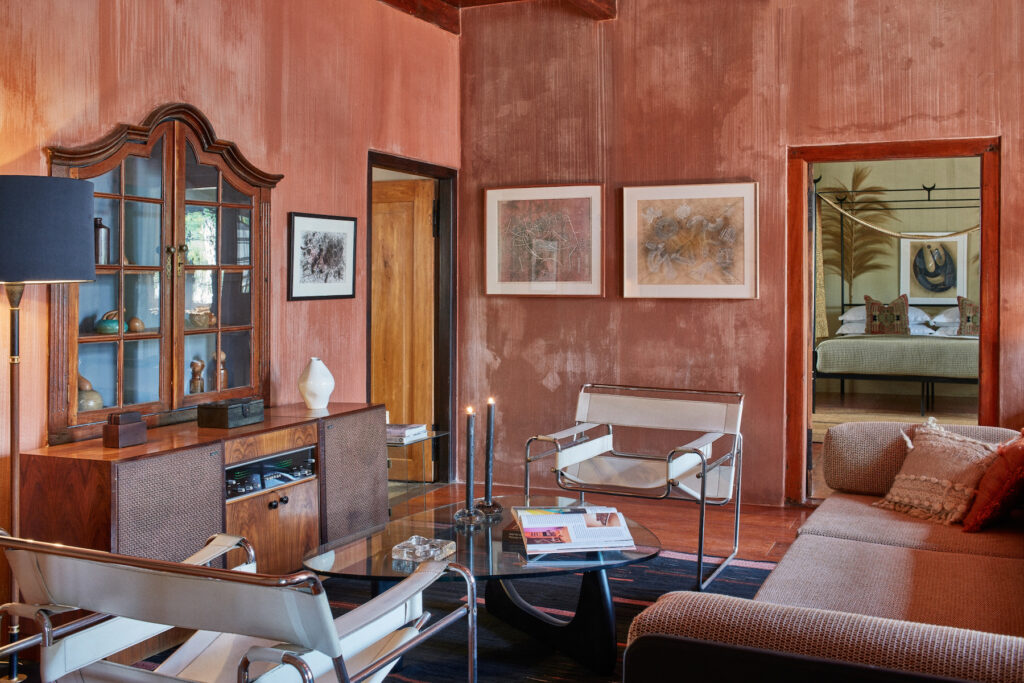
Do you have a go-to palette?
I’m drawn to earthy tones and their grading – browns, sand, creams. Burnt orange, black and maroons are also favourites.
How do you approach window treatment?
If curtains or blinds are not to the client liking, I normally suggest swapping normal glass for fluted – it allows light to stream in just like a normal window, but adds character and privacy. Works wonders when the outside scene is not so pretty.
3 vintage finds by Maybe Corpaci:
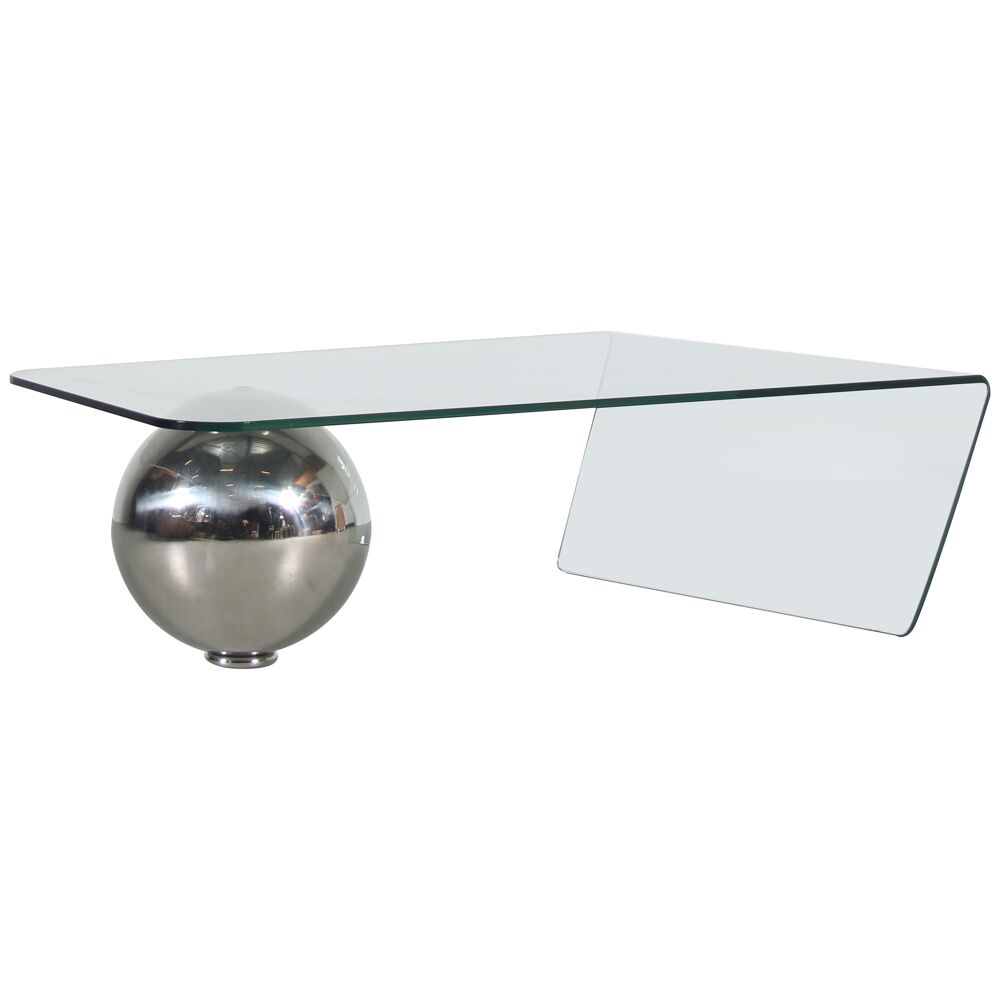
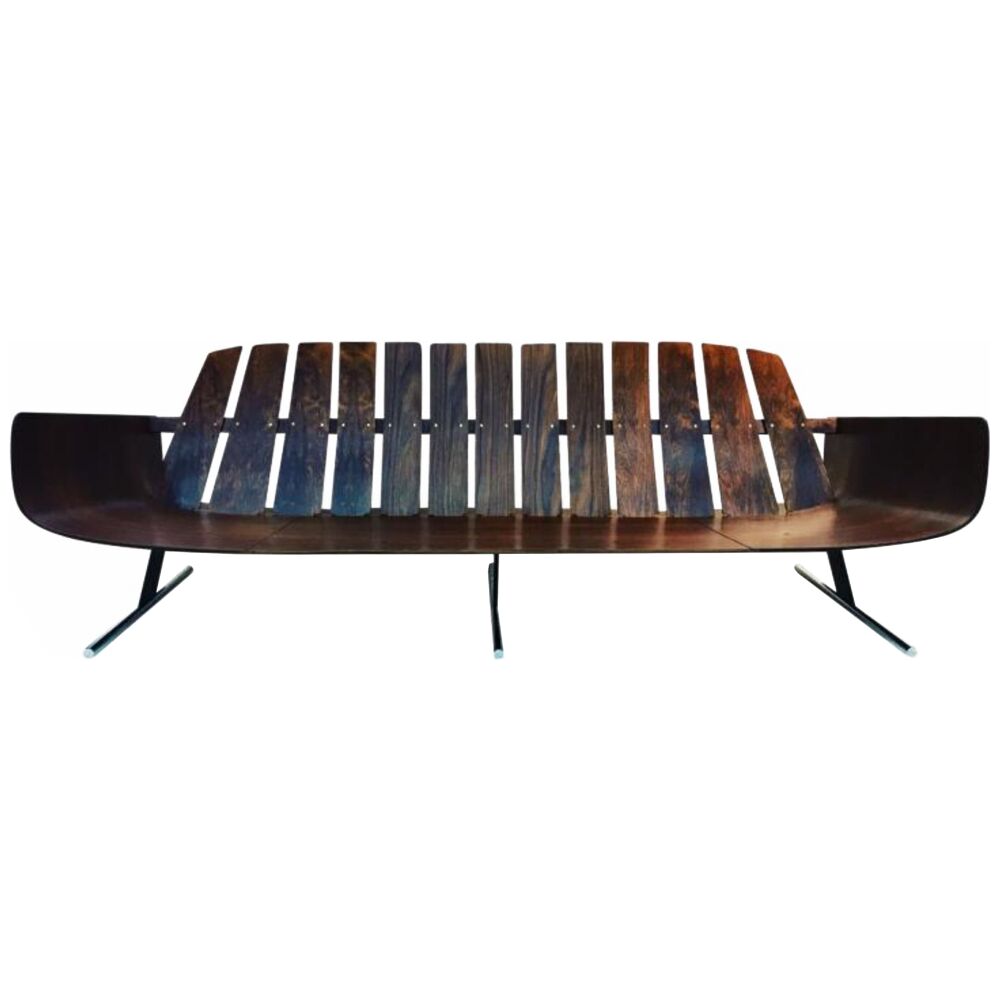

Nina Edwards Anker (nea studio)

Nina Edwards Anker is a New York architect and designer with a strong focus on sustainability (she used the creation of her summer home in the Hamptons to further her research on solar design and affect theory at the Oslo School of Architecture and Design). When designing interior spaces, she considers solar rhythms, light and shadow, reflectivity and translucency and a strong connection between indoors and outdoors. Here’s her take on creating successful living rooms:
Do you have a preferred furniture layout plan for creating communal versus intimate areas?
A lack of clutter and ability of an interior space to highlight the movement of light is so important in our rushed lives. To be able to pay attention to slower biological rhythm of the sun, if the space allows for it.
What are the must-have design elements in any living room?
All-natural materials. It is rare to find all-organic foams in upholstered furniture – this is a big area of research at nea studio.
Do you have a go-to palette?
A natural palette punctuated with pops of colour – throws, pillows, flowers – provides a soothing background for the passage of light through the room. Biophilic decor has been proven to be uplifting to the spirits. Tactile organic materials, like an all-natural soft wool rug, may feel soothing to bare feet; wood may be more pleasant to the touch and look than plastic.


How do you approach lighting?
Reflective materials to counterpoint the softer natural materials can amplify light and reflect natural elements such as candlelight or flowers, as well as reflect exterior views to bring the outside in. Lighting that moves between light and dark – placed at eye level or from below as opposed to from above. High-end LED bulbs by companies like Zumtobel – ideally filtered through organic translucent materials.
3 vintage and contemporary finds by Nina Edwards Anker:
